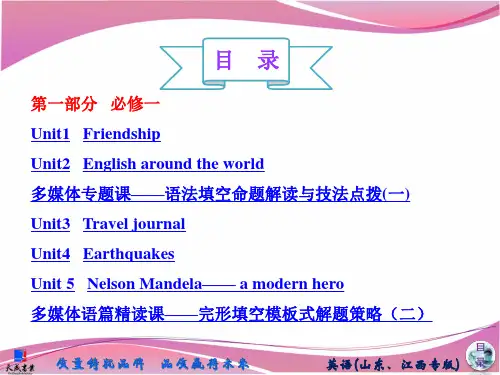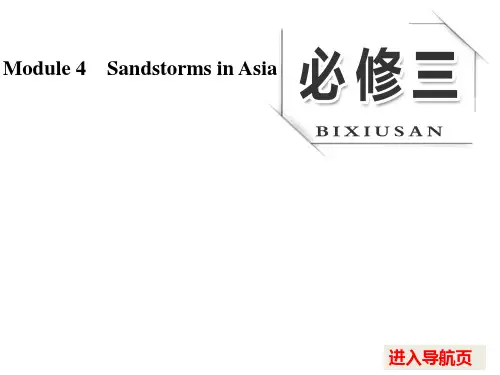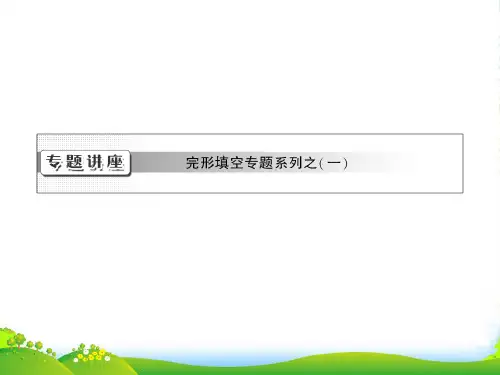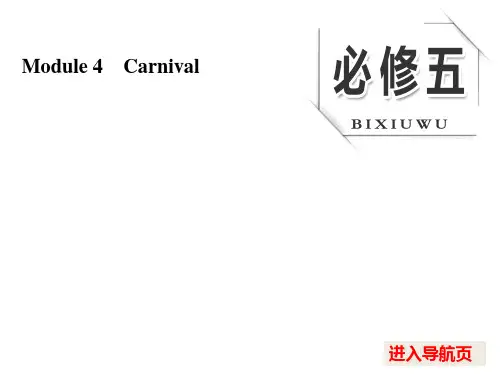2019版《三维设计》高考英语大一轮复习课件.ppt
- 格式:ppt
- 大小:3.38 MB
- 文档页数:66
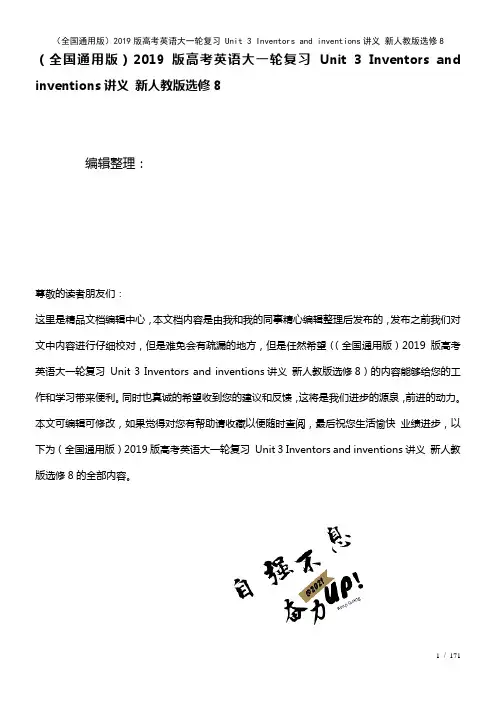
(全国通用版)2019版高考英语大一轮复习Unit 3 Inventors and inventions讲义新人教版选修8编辑整理:尊敬的读者朋友们:这里是精品文档编辑中心,本文档内容是由我和我的同事精心编辑整理后发布的,发布之前我们对文中内容进行仔细校对,但是难免会有疏漏的地方,但是任然希望((全国通用版)2019版高考英语大一轮复习Unit 3 Inventors and inventions讲义新人教版选修8)的内容能够给您的工作和学习带来便利。
同时也真诚的希望收到您的建议和反馈,这将是我们进步的源泉,前进的动力。
本文可编辑可修改,如果觉得对您有帮助请收藏以便随时查阅,最后祝您生活愉快业绩进步,以下为(全国通用版)2019版高考英语大一轮复习Unit 3 Inventors and inventions讲义新人教版选修8的全部内容。
Unit 3Inventors and inventions重点单词1。
patent n.专利证书;专利权 2.passive adj.被动的;消极的;被动语态的3.seize vt。
抓住;捉住;夺 4。
valid adj.有效的;确凿的5.file n.文件;档案;文件夹vt.将……归档;提交 6。
ripe adj.熟的;成熟的7.jam n.堵塞;阻塞;果酱 8。
dynamic adj。
充满活力的;精力充沛的;动态的;发展变化的9.tap v.轻打;轻拍;轻敲n.轻轻地敲击(声);(水)龙头10.current n.(水或气)流;电流adj。
现在的;当前的11.extention n.扩大;延伸12.distinguish vi。
&vt.显示……的差别;使……有所不同;辨别→distinguished adj。
卓越的;著名的→distinguishable adj。
易分辨的13.cube n.立方体;立方→cubic adj.立方的14.abrupt adj。
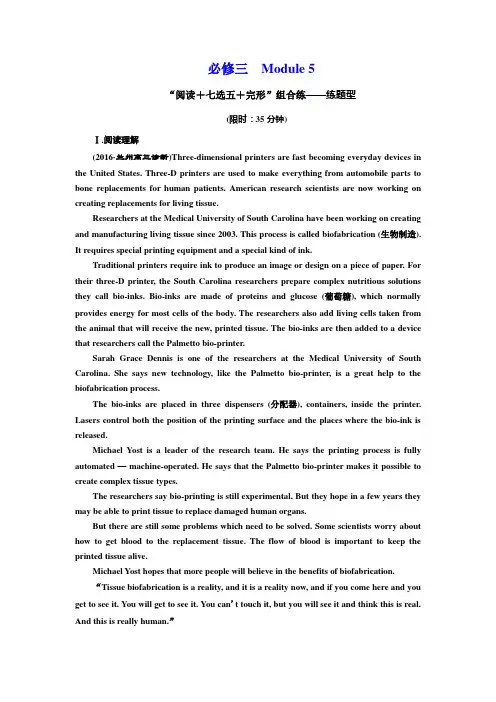
必修三Module 5“阅读+七选五+完形”组合练——练题型(限时:35分钟)Ⅰ.阅读理解(2016·兰州高三诊断)Three-dimensional printers are fast becoming everyday devices in the United States. Three-D printers are used to make everything from automobile parts to bone replacements for human patients. American research scientists are now working on creating replacements for living tissue.Researchers at the Medical University of South Carolina have been working on creating and manufacturing living tissue since 2003. This process is called biofabrication (生物制造). It requires special printing equipment and a special kind of ink.Traditional printers require ink to produce an image or design on a piece of paper. For their three-D printer, the South Carolina researchers prepare complex nutritious solutions they call bio-inks. Bio-inks are made of proteins and glucose (葡萄糖), which normally provides energy for most cells of the body. The researchers also add living cells taken from the animal that will receive the new, printed tissue. The bio-inks are then added to a device that researchers call the Palmetto bio-printer.Sarah Grace Dennis is one of the researchers at the Medical University of South Carolina. She says new technology, like the Palmetto bio-printer, is a great help to the biofabrication process.The bio-inks are placed in three dispensers (分配器), containers, inside the printer. Lasers control both the position of the printing surface and the places where the bio-ink is released.Michael Yost is a leader of the research team. He says the printing process is fully automated — machine-operated. He says that the Palmetto bio-printer makes it possible to create complex tissue types.The researchers say bio-printing is still experimental. But they hope in a few years they may be able to print tissue to replace damaged human organs.But there are still some problems which need to be solved. Some scientists worry about how to get blood to the replacement tissue. The flow of blood is important to keep the printed tissue alive.Michael Yost hopes that more people will believe in the benefits of biofabrication.“Tissue biofabrication is a reality, and it is a reality now, and if you come here and you get to see it. You will get to see it. You can't touch it, but you will see it and think this is real. And this is really human.”语篇解读:本文是一篇说明文。
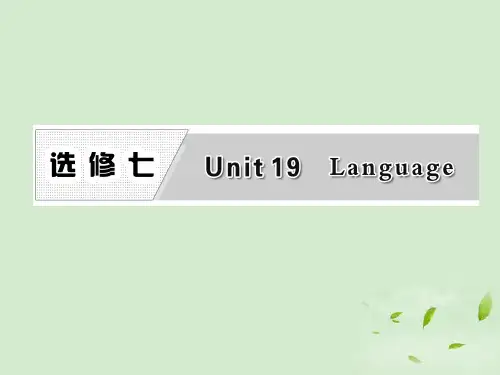
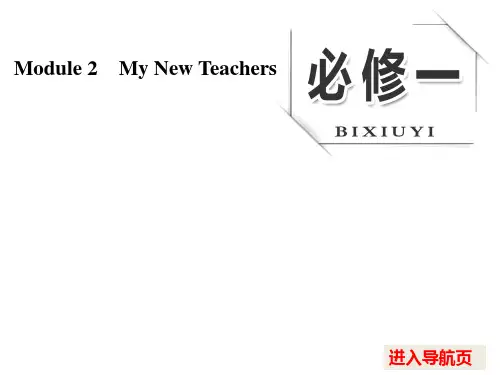

Module 1British and American EnglishⅠ.单词—在语境中默写,在联想中积累[写得准][用得活][积得多] 1.accent n.口音2.structure n. 结构;体系3.present v t. 陈述;提出(观点、计划等)adj. 目前的;到场的;出席的4.attempt n.& v. 尝试;努力bination n.结合→combine v t.结合6.confusing adj.令人困惑的;难懂的→confuse v t.使困惑→confused adj.感到困惑的pare v t.比较→comparison n.比较;比喻8.variety n.种类→variation n.变化→vary v.改变;使变化→various adj.各种各样的9.differ v i.不同,有区别→difference n.不同;区别→different adj.不同的,有区别的用所给词的适当形式填空1.The confused look on her faceshowed she was confused by theconfusing question.(confuse)2. From the appearance, we cannot tell the differences betweenthe twins, though they alwayshave some different ideas. As forthis phenomenon, ideas differamong many people.(differ)3.He made simple remarks onher remarkableachievements.(remark)4.After he was criticised by thecritic,_he realized that criticismwas very important.(criticise)5.The book explains grammarsimply and clearly, because theauthor used simple examplesentences to simplify abstractconcepts.(simple)bine反义词集锦①separate v t.使分离;使分开②divide v. 分开③divorce v. (使)离婚/分离④isolate v. 隔离;孤立⑤split v t. 分离;使分离2.-ify结尾动词清单①simplify 简化②identify 确定;鉴定;识别③electrify 使电气化;使充电④horrify 使恐惧⑤classify 分类;分等⑥modify 修改,修饰;更改Ⅲ.句式—在解读中学懂,在仿写中学通[背原句][记句式][会仿用] 1.Americans use a flashlight, while forthe British, it's a torch.美国人把手电筒称为flashlight,而英国人叫它torch。

必修一Module 3练(一)第Ⅱ卷强化增分练——练规范(限时:45分钟)Ⅰ.语法填空(2016·平顶山市第一次模拟)I was in the ninth year when I began to suffer depression. My parents noticed but felt that since I'd always been __1__ good child, this was temporary.__2__ (fortunate), it was not to be so. I didn't have friends. Hardly could I share my problems. Deep worry began to destroy my __3__ (confident). Finally I refused to attend classes, __4__ (shut) myself in my room for hours.The examination was approaching, but I simply didn't care. My parents and teachers were surprised at my bad performance. One morning, __5__ a particularly severe lecture from my father, I stood at the school gate, __6__ (depress). Then as the other students marched to their classrooms, our headmaster called me. The next forty-five minutes was one __7__ the most precious moments in my life. She said she __8__ (notice) a big change in me and wondered why. At first she took my hands in __9__ (she) and listened patiently as I mentioned my worries. Then she hugged me as I wept. Months of frustration and loneliness disappeared in her motherly hug.No one had tried to understand what the real problem was except the headmaster, __10__ helped me out simply by listening and hugging.语篇解读:本文是一篇记叙文,讲述了作者小时候患抑郁症后得到了校长的关爱而走出阴影的故事。
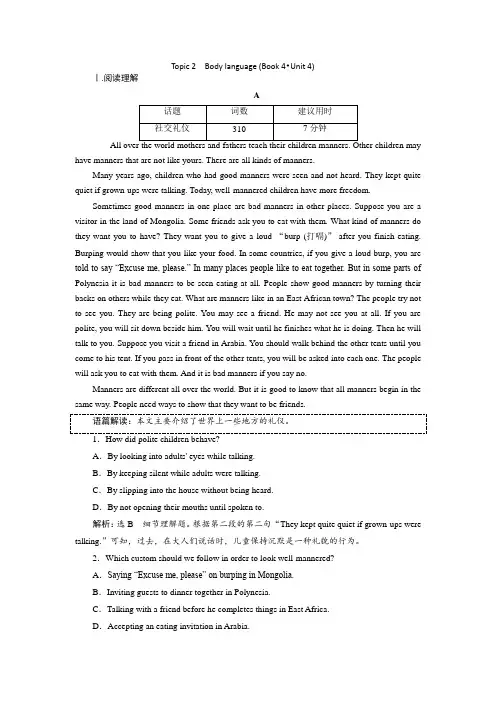
Topic 2Body language (Book 4•Unit 4)Ⅰ.阅读理解A话题词数建议用时社交礼仪310 7分钟have manners that are not like yours. There are all kinds of manners.Many years ago, children who had good manners were seen and not heard. They kept quite quiet if grown-ups were talking. Today, well-mannered children have more freedom.Sometimes good manners in one place are bad manners in other places. Suppose you are a visitor in the land of Mongolia. Some friends ask you to eat with them. What kind of manners do they want you to have? They want you to give a loud “burp (打嗝)” after you finish eating. Burping would show that you like your food. In some countries, if you give a loud burp, you are told to say “Excuse me, please.” In many places people like to eat together. But in some parts of Polynesia it is bad manners to be seen eating at all. People show good manners by turning their backs on others while they eat. What are manners like in an East African town? The people try not to see you. They are being polite. You may see a friend. He may not see you at all. If you are polite, you will sit down beside him. You will wait until he finishes what he is doing. Then he will talk to you. Suppose you visit a friend in Arabia. You should walk behind the other tents until you come to his tent. If you pass in front of the other tents, you will be asked into each one. The people will ask you to eat with them. And it is bad manners if you say no.Manners are different all over the world. But it is good to know that all manners begin in the same way. People need ways to show that they want to be friends.语篇解读:本文主要介绍了世界上一些地方的礼仪。
